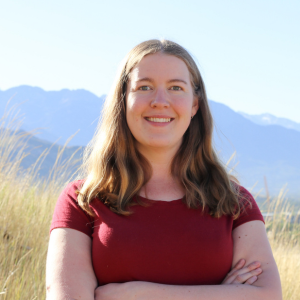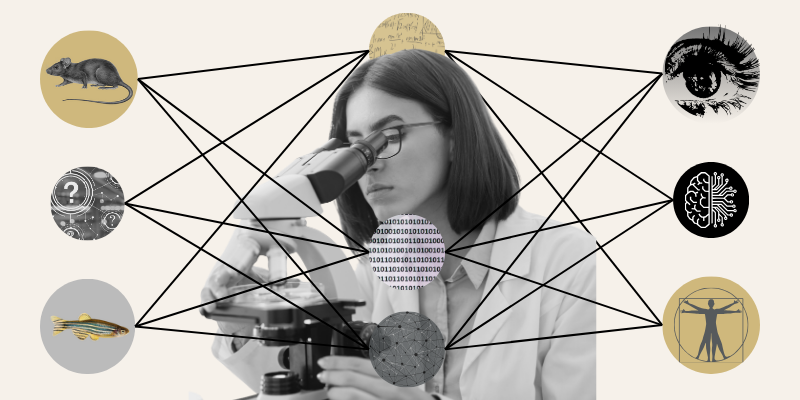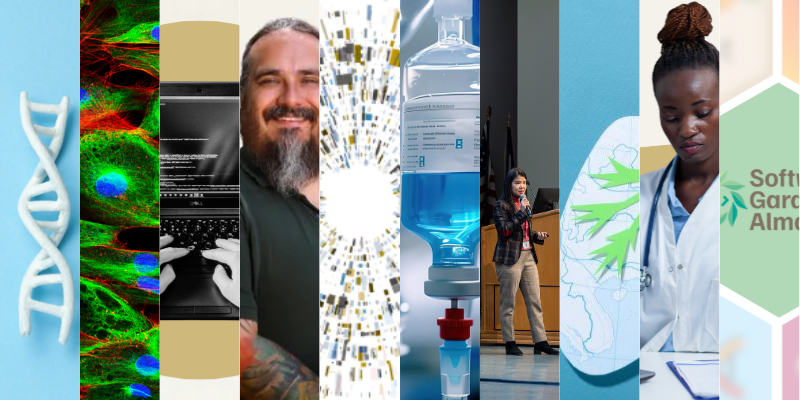This summer, Harriet Dashnow, PhD, will join the Department of Biomedical Informatics (DBMI) at the University of Colorado School of Medicine. In her new role as assistant professor, she’ll focus on computational method research, rare disease, and establish her own lab.
Dashnow is currently a bioinformatics postdoc at the University of Utah’s Quinlan Lab. She completed her PhD research at the Murdoch Children's Research Institute and the University of Melbourne, Australia. Prior to that, she worked as a bioinformatician on a project that demonstrated the value genomic sequencing as a first line test in pediatric rare disease populations, which led to genomics being publicly funded Australia-wide.
“That’s the first time I became aware of computational limitations,” Dashnow recalls. “We had these incredible sequencing data sets, but it became apparent that we really only knew how to detect or interpret variants in a small amount of the genome.”
Dashnow’s passion for rare disease research took hold. Now, as an incoming faculty member, she looks forward to working with a community of computational researchers and clinical experts across the department and the CU Anschutz Medical Campus to collaborate on meaningful rare disease research.
Rare disease expertise
Dashnow primarily works on the diagnosis and understanding rare and Mendelian diseases that are caused by a mutation in a single gene.
“I especially work on hard-to-sequence variant types, so most of my work is on short tandem repeat (STR) expansions,” she says. “These repetitive DNA sequences can cause severe disease when they get really long.
Along with more well-known conditions, such as Huntington’s disease, fragile X syndrome, and spinocerebellar ataxia, there are others that are extraordinarily rare and only occur in a few families or very small patient populations.
“Those are the groups of people that I can help the most because often there's not a standard diagnostic test for those conditions,” she explains. “We're relying on analyzing more research-focused sequencing data.”
To support that, Dashnow frequently engages in software methods development, writing genotyping software for detecting variants.
“More recently, I've been doing a lot of work in long reads sequencing because it's finally become financially viable to start sequencing people's genomes at scale using these long readbreed technologies,” she says. “Now we need the software to catch up and analyze those data sets.”
In her work at the University of Utah, Dashnow developed STRling, a computational method to detect large STR expansions from short-read sequencing data.
“It is capable of detecting novel STR expansions, which are expansions where there is no STR in the reference genome at that position, or a different repeat unit from what is in the reference,” she explains. “It can also detect STR expansions that are annotated in the reference genome in a way that is computationally efficient and can scale to thousands of genomes in the cloud.”
In 2023, Dashnow was awarded a five-year $1.8 million National Human Genome Research Institute Pathway to Independence Award to develop a method to genotype STRs from long-read Oxford Nanopore sequencing data. Dashnow was also awarded a highly-competitive Australian fellowship to investigate more accurate methods to diagnose rare disease. The grant, totalling more than $660,000 for five years, begins this year.
The Anschutz appeal
Coming to CU means having a world of collaboration and partnership that can lead to exceptional work at Dashnow’s fingertips.
“It’s rare to have such a critical mass of computational and AI researchers in one place doing a broad set of different types of computational research,” she says. “But it makes for a great way to cross-pollinate across the different fields of computational research, so I’m really excited about having that.”
The campus itself is another appealing factor for Dashnow.
“Everything that I do is always in collaboration with clinical teams or diagnostic labs, and I’ve always really loved having those kinds of relationships with my work,” she says. “The physical proximity and integration of the hospitals on the Anschutz campus is exciting. I’m ready to get started."




.png)